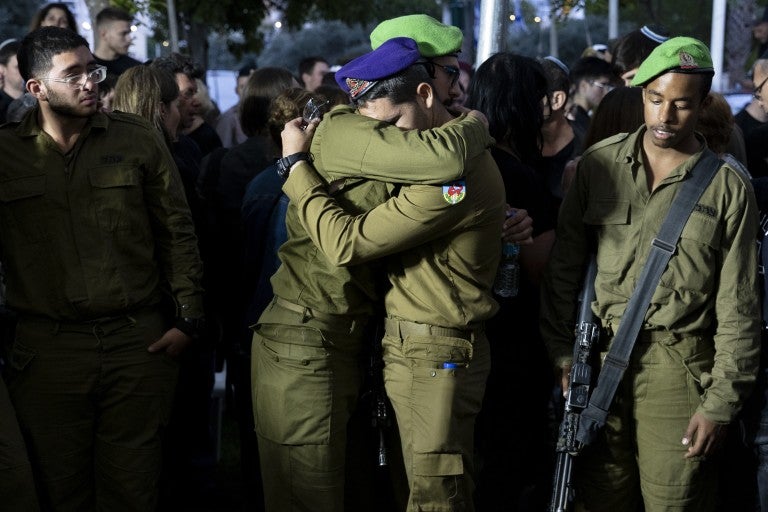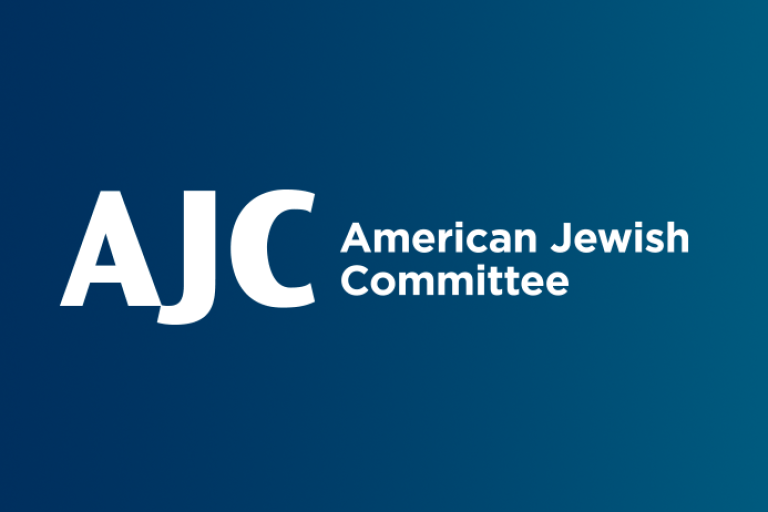December 30, 2023
This piece originally appeared in the Times of Israel.
Hundreds of Jewish institutions around the country received bomb threats earlier this month. Prayers halted, synagogues evacuated, and Jews again felt unsafe in their homes and holy places.
Although these threats were hoaxes from antisemitic trolls rather than legitimate reports, these “swatting” incidents — by design — terrify and intimidate American Jews in the very spaces where they gather to worship and celebrate.
Since the October 7 Hamas terror attacks, law enforcement agencies across the globe have faced a dramatic surge in anti-Jewish incidents. According to the Secure Community Network, 1,362 incidents were reported between October 7 and November 30.
This statistic doesn’t speak to the hostile atmosphere that these incidents create, but it does reveal the massive scope of the problem local law enforcement faces.
Imagine that you are a police officer dispatched to an Albany, New York synagogue because a man fired a shotgun at the building and then shouted, “Free Palestine!” before being arrested.
Or that you have to handle a swarm of protesters outside of Goldie, a Philadelphia Israeli-style restaurant owned by two Jews. The crowd is chanting, “Goldie, Goldie, you can’t hide, we charge you with genocide.”
Or to a high school in Queens, New York to escort a teacher out of the building and protect her from rioting students shouting slogans like “From the River to the Sea, Palestine will be free!” – a rallying cry for the destruction of the Jewish state.
You know what a burning cross outside of a Black church means. You’re familiar with anti-LGBTQ+ slurs. But is the antisemitism referenced above as instinctive and obvious?
Even though law enforcement is the Jewish community’s first line of defense, the American Jewish Committee’s 2022 State of Antisemitism report found that only 63% of American Jews believed that law enforcement was effective in responding to their security needs, down from 81% in 2019. Law enforcement can and must rebuild trust by squarely facing the menace of antisemitism and cultivating relationships with Jewish communities.
Outside of heavily Jewish areas, not many American police officers have dealt with antisemitic crimes. Few get specific antisemitism training.
The United States Holocaust Memorial Museum can help fill that need through its Law Enforcement and Society: Lessons of the Holocaust program, which helps police officers reflect on the moral failure and ideological capture of the police in Nazi-occupied Europe, the role of the police in a democratic society, and better ways to engage with the Jewish community.
We can’t fight antisemitism without first identifying it. But, antisemitism is a shapeshifting phenomenon that can be difficult to understand. This is why AJC has published and is constantly updating our Translate Hate glossary. In the three years since Translate Hate was created, it’s nearly tripled in size.
Once recognized, however, hate crimes must be properly reported. Jews represent just 2.4% of the American population but are victims of some 60% of religious-based hate crimes.
That startling number is still likely an undercount, as many hate crimes either go unreported (by victims and law enforcement) or are mislabeled. States, counties, and municipalities must accurately report hate crimes data to the FBI to build a clearer picture of the state of antisemitic crime in America.
Coordination in these efforts is key, especially concerning threats to safety or property. Local elected officials have an important role to play beyond statements of condemnation after incidents occur. They can serve as a bridge between vulnerable communities and law enforcement. Jewish leaders can be valuable sources of intelligence on antisemitic activity; their warnings need to be both understood and taken seriously.
By taking concrete steps to proactively and effectively counter antisemitism, law enforcement isn’t just protecting Jewish communities, but safeguarding the quintessential American values of pluralism, equal protection, and minority rights.



